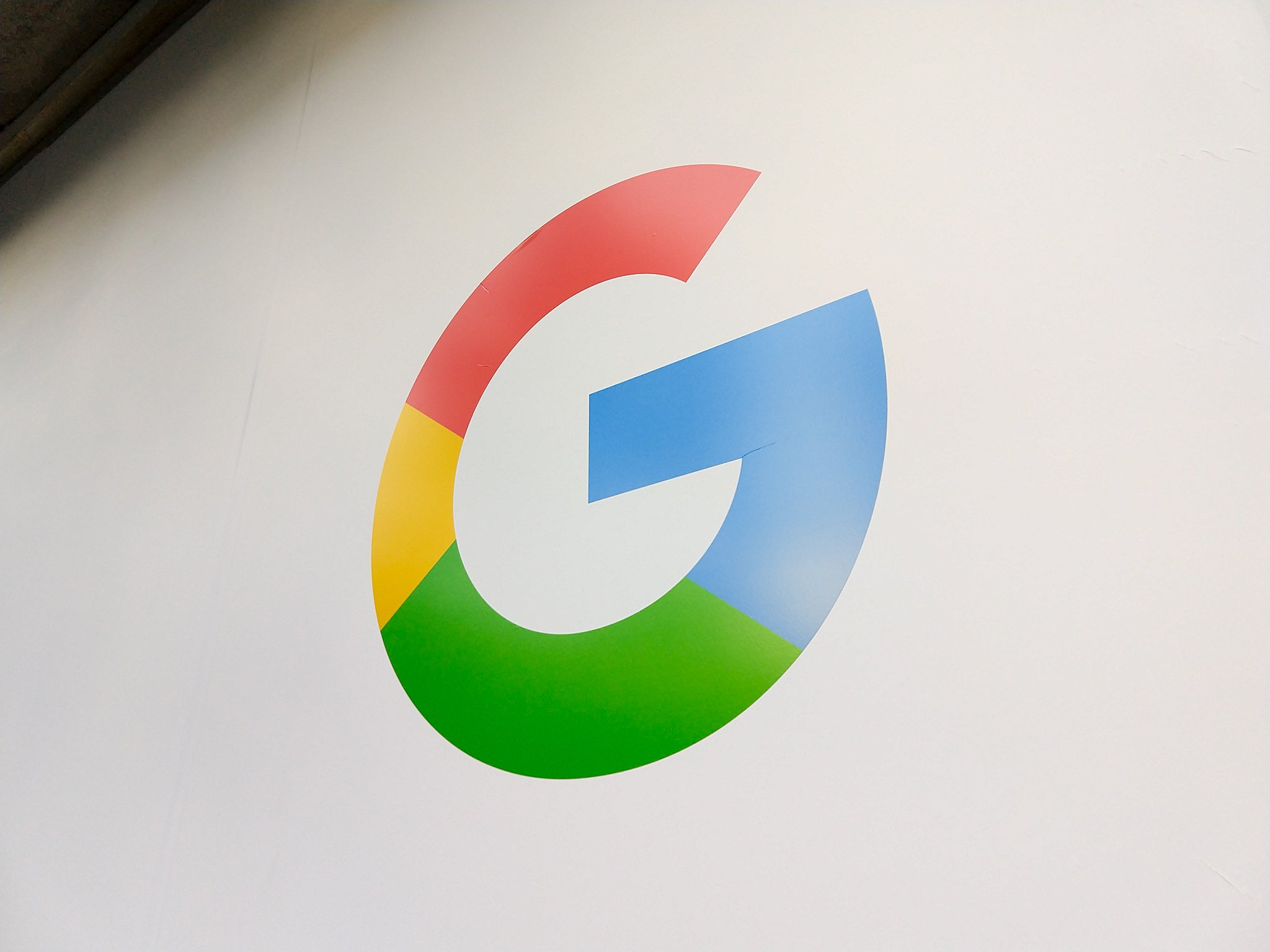Google showed its biggest gains but also big losses for POC employees.
What you need to know
- Google has released its latest diversity report for 2021.
- The report shows improvements in Black and Latinx representation as well as Black females in leadership roles.
- Google says that there is still work to do, but its efforts are showing good results.
Google's annual diversity report has been published, showing the progress the company has made in its efforts to increase representation among POC employees.
The report highlights improvements in the amount of new Black and Latinx hires, both rising to 8.8% from 5.5% and 6.6%, respectively. This has been a point of contention for the company as Black issues around racial injustice and inequality came to a head in 2020.
Improvements have also shown in the number of female hires, which rose for Black, White, and Latinx employees.
Google attributes its progress to programs built and implemented across the company, particularly to ensure a fair hiring process among new candidates. The company is also working to increase opportunities for the next generation of workers by investing in global STEM programs for underrepresented communities.
Karina Govindji, the Senior Director of Diversity, Equity & Inclusion, says that there's no easy solution to tackle inequality. "We know we've made some good progress, but we also know that there is so much more work to do."
For example, while Black and female hiring is up, the company struggles to retain Black female employees and POC employees in general. The company measures employee retention with an attrition index with 100 set as the baseline. Aside from White men and women, attrition rose nearly across the board for each race/ethnicity, but it skyrocketed for Black women, going from 110 to 146.
Attrition is also high for Native American men and women, which sits at 127 and 148, respectively. Representation remains at a paltry 0.8%.
Additionally, while Google's numbers are seeing a shift, White employees still make up more than 50% of the company's workforce. Black and Latinx employees represent just 4.4% and 6.4%, respectively, which signals challenges to Google's commitment to double Black representation by 2025. However, both figures represent the largest yearly increases since Google's first report in 2015, with the trend continuing to rise.
Google has also managed to earn 100% on the Disability Equality Index for the second year in a row, highlighting its efforts to accommodate persons with disabilities.
"There is no one hiring practice that is going to transform our representation for us or for any other organizations," says Govindji. She highlights the partnership between the Black Googler Network and Google's staffing team to help grow and recognize Black talent around the world. "But I think we have to recognize that the work that we need to do mustn't rely on the shoulders of our underrepresented groups, and I know that's been a real challenge for us."



0 Commentaires